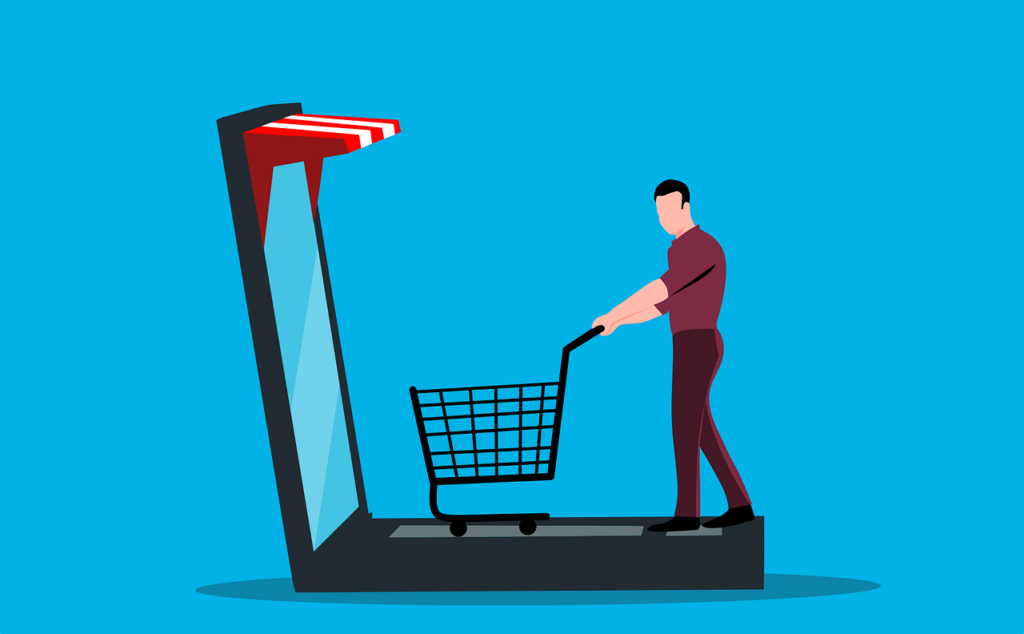The Importance of Tracking Analytics
Opinion
Marketing analytics are vital indicators of how well your business is doing among your target audience, both in terms of website visits and engagements across social media networks. Why is it important to track your marketing stats and why should you follow up with tracking analytics?
Know Where Your Customers Are Coming From
According to ITSMA and Vision Edge Marketing, 74% of marketers can’t or don’t measure their tracking analytics, so they can’t know how their marketing efforts are affecting their business and ROI. Whether this is due to a lack of knowledge or resources, only 22% know how to effectively measure marketing stats and follow up with tracking analytics, according to Forbes.
Tracking analytics measure important marketing metrics such as views, visits, engagement, time spent on your web pages by an average user, clicks, reactions, shares, and comments. Using all these data points, you can analyze the effects and impacts of your marketing campaigns. This can help you learn more about your target audience and help you plan your future marketing campaigns for more effective returns on your efforts.
You can also use the metrics to find out where your customers are coming from. Is it based on word of mouth, or an advertisement on Facebook or Instagram? On which social media platform are you attracting more attention? And don’t forget about affiliate programs. Whatever the case, when you know where most customers and followers are coming from, you can plan your online presence and engagement accordingly for an increased ROI.
Planning Your Future Marketing Campaigns
By following up with crucial tracking analytics that collects information on activity and engagement among your users, followers, and clients, you can effectively use these data points to plan your future marketing campaigns. This way, you can improve on every next campaign that you have in mind. For example, if the tracking metrics reveal that most of your engagement rates come from Instagram and that a great number of your followers mostly engage with visual content, you can use this knowledge to adjust the plan for your next campaign to maximize the engagement.
Once the engagement is increased, the chances of conversion increase as well. At the same time, awareness of your brand is also on the rise, which means that you have created an effective campaign to both attract new followers and convince a good portion of your current audience to try your product or service.
Ways to Track Your Marketing Stats and Analytics
Now that you know why tracking analytics and marketing stats are important for your business and your marketing campaigns, let’s see how you can follow up with your marketing activity and the results derived from your efforts.
Analytics
Marketing analytics involves tracking, collecting, and analyzing data to determine the overall effectiveness of marketing efforts. With analytics, you can easily plan your future campaigns and evaluate the marketing effectiveness of your all-time campaigns.
UTMs

Urchin Tracking Module parameters, or UTMs, are supported by out-of-the-box Google Analytics and enable client data collection. Five UTM parameters are used for collecting different metrics.
- utm_source
This tag identifies the source of your traffic, like social media platforms and search engines. For example, if a user came to your website via Facebook, the tag would say utm_source=facebook
You can use this parameter to collect data on where your users usually find you. Google tags, Google Analytics, Ahrefs, and SEMrush can also help you track where your prospects are coming from.
- utm_medium
This UTM parameter reveals the medium your users used, like CPC or newsletter, or social media platforms. If your source is Instagram, the label you can use could be “social”. In that case, the tag would look like so: utm_medium=social
- utm_campaign
This UTM parameter shows a campaign that the URL is a part of. This might be an identifier like a tagline – for example, “rebranding2022” or “acquisition”. The tag could look like so: utm_campaign=rebranding2022
- utm_term
To determine the keywords that attract clicks and activity within paid marketing campaigns, you can use this parameter to identify which keywords brought your users to you. This way you can track the winning search terms with the most clicks and activities.
- utm_content
UTM Content parameter is useful when trying to determine the effectiveness of your CTA buttons. For instance, if you have several different calls to action in one piece of content, you can use this tool to determine which of the CTAs is most effective.
Click Analytics
Click analytics usually focuses on on-site analytics and pays attention to where visitors are interacting with a page. Click analytics work in real-time and are used by a website administrator to determine what web pages have the most clicks by a unique website visitor.
Heatmaps

Heatmaps are visual marketing tools that show where users are most active in interaction on your website, i.e., where most users click across your web pages. Red areas will show the “hottest” parts of your website, which are the spots where users click the most. Blue areas identify parts of your website that are the least interesting to your users.
Hotjar and other website heatmaps can help you track the web pages that draw the most attention among your prospects and website visitors. Heatmaps can also provide information on how long they stay on each page, what they click, and the last page they viewed before leaving your website, also known as the bounce rate.
By implementing marketing tools for tracking analytics in your marketing campaigns, you are strengthening your marketing strategy and can make your conversion funnel more efficient.






